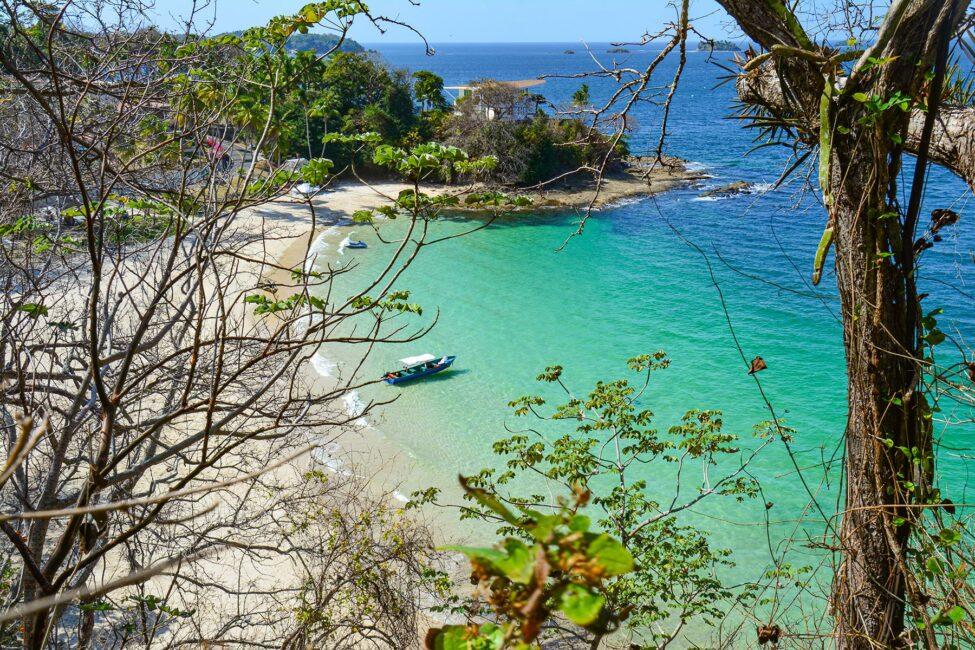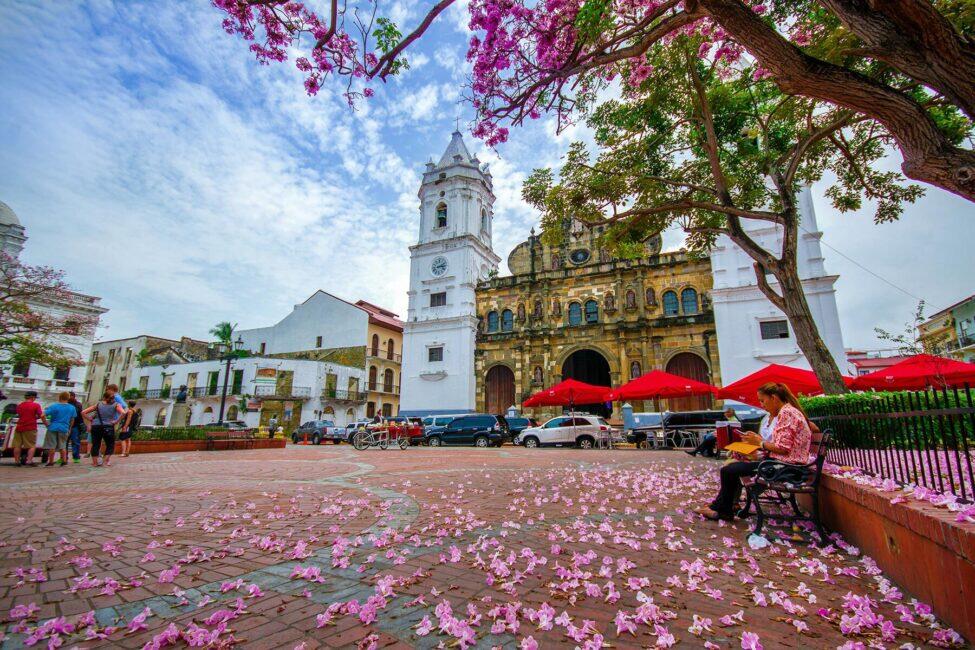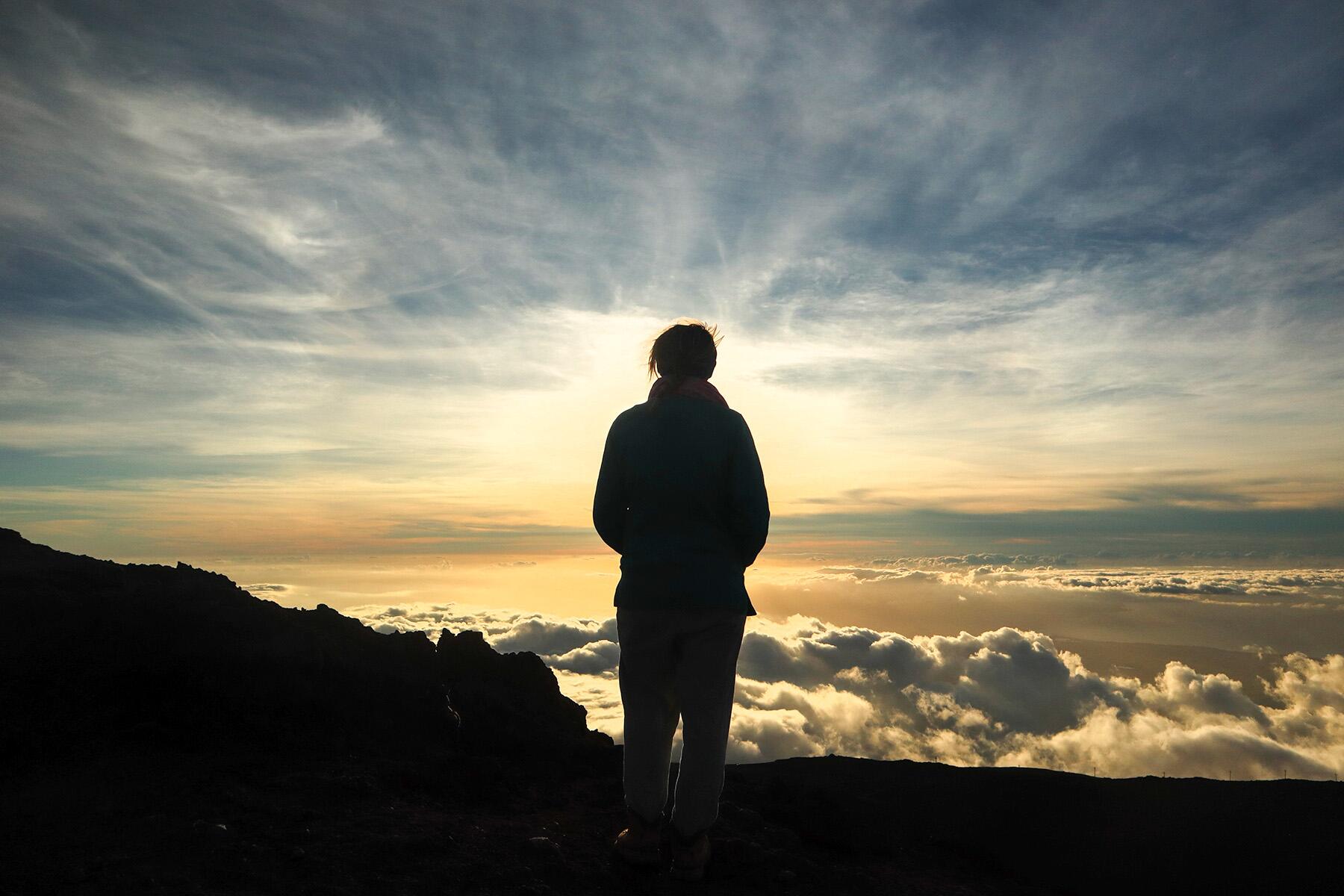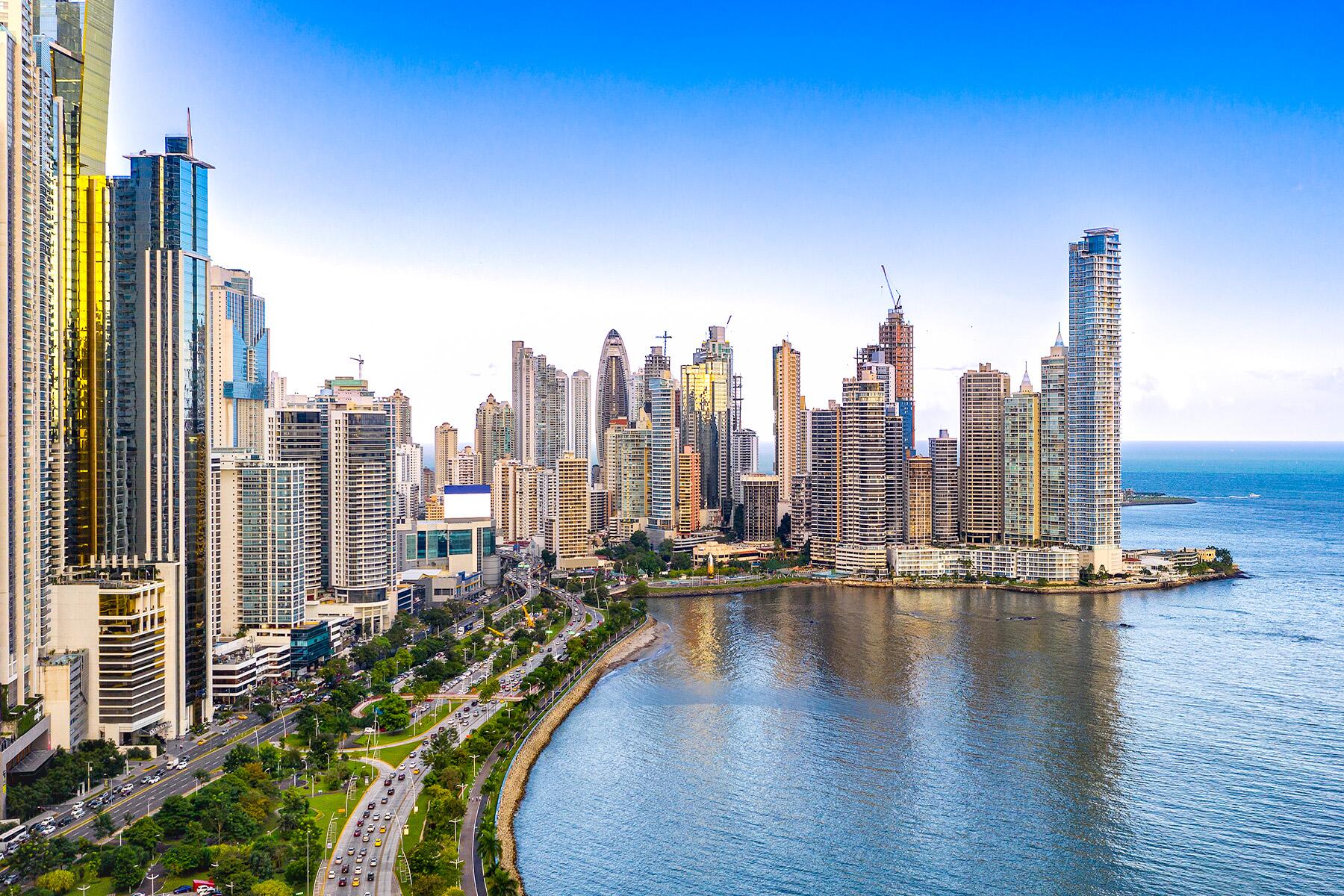Expect culture, chaos, and closures.
November isn’t just any month in Panama; itis jam-packed with five public holidays (Fiestas Patrias) that shut most of the country down.
Panama celebrates not one but two independence days: the country’s emancipation from the Spanish, celebrated on November 28, and Panama’s independence from Colombia, celebrated on November 3. Sandwiched between these dates are Flag Day (November 4), Colón Day (November 5), and El Grito de Independencia on November 10, when demonstrations against the Spanish began in Villa de Los Santos.
Because of these holidays, November tends to be when Panamanians take time off work and flock to the country’s lush interior and dazzling coastlines. For travelers, this can mean a surge in hotel bookings, expected service interruptions, and unforeseen closures for all sorts of businesses, banks, and shops.
You Can Visit Panama in November, but You’ll Need an Umbrella
If it’s solitude, serenity, or superb hotel deals you’re after, it’s best not to visit Panama in November. This is one of the rainier months in Panama’s “wet season,” which runs from mid-April to early December. During November, travelers can expect tempestuous showers and muddier roads. If you intend to travel in November, plan ahead and bring an umbrella.
Recommended Fodor’s Video

If you’re set on visiting Panama this winter, consider going during December when the forecast proves drier. Of course, December marks the arrival of sun-seeking snowbirds who will be your competition for booking hotel rooms and finding vacant patches of sand, particularly between the Christmas and New Year holidays.
Though Panama is perennially warm and daytime temperatures seldom dip below 75.2°F (24°C), there is a palpable excitement during the summer months (mid-December to mid-April) when downpours are rarer. This is the perfect time for outdoor festivals, perching on rooftops in the capital, beaching on Panama’s thousand-plus islands, hiking the mist-shrouded trails of El Valle de Anton (one of the world’s largest inhabited volcanic craters), and visiting Boquete, a small town in the province of Chiriquí known as “The Flower Capital of Panama.”
If you are unperturbed by tropical downpours and want to go wildlife watching, book your trip for August or September to catch humpback whales during the breeding season in the Pearl Islands (Archipiélago de Las Perlas) or Coiba National Park.
Places to Soak in Panama’s History and Culture Throughout the Year
You don’t have to wait until Fiestas Patrias in November to see vibrant parades weave through cities and towns. Located in the province of Los Santos, Las Tablas hosts the glittering Thousand Polleras Parade (Desfile de las Mil Polleras) every January. The event honors the artisans that guard the conventions of Panama’s national dress, the pollera. Las Tablas is also one of the country’s best (and busiest) places to celebrate Carnaval in the run-up to Ash Wednesday.
Three hundred sixty-five days a year, you can find showcases of Panama’s rich culture and world-altering history in the sophisticated capital city that Pedro Arias De Ávila founded on August 15, 1519. Linking the Atlantic and the Pacific oceans, the Panama Canal is the country’s star attraction and boasts an interactive museum at the Miraflores Visitor Center. You can also learn about this engineering marvel at the Interoceanic Canal Museum (also called the Panama Canal Museum) within the old town of Casco Viejo, the city’s most charming cobblestoned enclave that became a UNESCO World Heritage Site in 1997.

Recently, Casco Viejo has gotten two destination hotels that can be likened to immersive galleries: Hotel la Compañia and Sofitel Legend Casco Viejo, a meticulous and glamorous reimagining of the waterfront building that housed Club Unión, an exclusive social club created in 1871 where Panamanian aristocrats mingled with the likes of visiting royalty, like Queen Elizabeth II.
Hotel la Compañia is the result of an eight-year toil to artfully resurrect a Jesuit convent from 1688. With three wings from three distinct eras in Panama’s history (French, Spanish, and American), this 88-room heritage hotel is the city’s best unofficial museum.
Panama is a pleasant and precious place offering gratifying experiences for culture mavens, historians with a penchant for the past, nature lovers seeking verdant nature trails, and beach enthusiasts chasing camera-ready corners. Just don’t let going at the wrong time rain on your parade.



